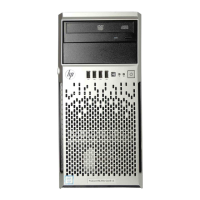
Do you have a question about the HP ProLiant ML310e Gen8 v2 and is the answer not in the manual?
| Product Type | Server |
|---|---|
| Form Factor | Tower |
| Processor Sockets | 1 |
| Chipset | Intel C222 |
| Memory | Up to 32 GB DDR3 |
| Memory Slots | 4 DIMM slots |
| Storage Controller | HP Dynamic Smart Array B120i |
| Processor | Intel Xeon E3-1200 v3 |
| Storage | 3.5-inch or 2.5-inch drives |
| Maximum Internal Storage | Up to 16 TB |
| Network | Gigabit Ethernet |
| Expansion Slots | 1 x PCIe 3.0 x16, 1 PCIe 2.0 x4 |
| Power Supply | 300W |
| Operating System Support | Microsoft Windows Server, Red Hat Enterprise Linux, SUSE Linux Enterprise Server, VMware |
| RAID Support | RAID 0, 1, 5, 10 |
Identifies and describes the server's front panel components and their indicators.
Details the server's rear panel connectors, slots, and controls.
Locates and identifies key components on the server's system board.
Shows the location and numbering of DIMM slots on the system board.
Provides specifications for different PCIe expansion slot types and link widths.
Explains the function and settings of the system maintenance switch.
Describes the Non-Maskable Interrupt (NMI) feature for system crash dump generation.
Illustrates drive bay numbering for different drive models.
Explains the meaning of LEDs on hot-plug drive carriers for status indication.
Details the LED indicators on the FBWC module for status interpretation.
Identifies the locations of system fans for cooling.
Step-by-step instructions for powering on the server and its LEDs.
Procedures for safely powering down the server, including warnings.
Instructions on how to unlock the server's tower bezel.
Steps to remove the server's tower bezel for access.
Instructions for reinstalling the server's tower bezel.
Procedures for safely removing the server's access panel.
Steps to properly reinstall the server's access panel.
Instructions for removing the internal air baffle for component access.
Procedures for reinstalling the server's air baffle to ensure proper cooling.
Overview of HP Care Pack services for server installation and support.
Information on resources for planning rack installations for HP servers.
Guidelines for selecting an optimal location for server installation based on environment.
Specifies the necessary clearance for proper ventilation and airflow around the server.
Details the required temperature and humidity ranges for server operation.
Outlines electrical regulations and recommendations for server power installation.
Explains essential electrical grounding procedures for server safety and operation.
Lists critical safety warnings and cautions for server handling and operation.
Provides safety warnings and precautions related to rack installation and stability.
Guides users on identifying items included in the server's shipping carton.
General advice on installing hardware options before server initialization.
Instructions for mounting the server into various types of racks.
Details methods and resources for installing the server's operating system.
Explains how to power on the server and select boot devices or enter setup.
Encourages users to register their server for better service and support.
Provides general guidance for installing multiple hardware options.
Describes the server's support for different types and quantities of drives.
General guidelines for installing drives, including bay population and capacity.
Step-by-step instructions for installing a non-hot-plug drive into the server.
Detailed procedure for installing a hot-plug drive into the server.
Describes different drive cage options available for the server.
Instructions for installing the four-bay LFF hot-plug drive backplane.
Steps for installing the eight-bay SFF hot-plug drive cage.
Information about the server's embedded and optional storage controllers.
Step-by-step guide for installing a storage controller into the server.
Instructions for installing the Flash-Backed Write Cache (FBWC) module and capacitor pack.
Step-by-step guide for installing an optical drive into the server.
Overview of memory types and configurations supported by the server.
Details the benefits and features of HP SmartMemory technology.
How to identify DIMM characteristics using labels and illustrations.
Explains the concepts of single-rank and dual-rank DIMMs.
Describes how the server's memory is organized into channels and slots.
Information on the server's Error Correction Code (ECC) memory capabilities.
Guidelines for populating DIMM slots correctly for optimal performance.
Step-by-step instructions for installing a DIMM into the server.
Information on the types of expansion slots and boards supported.
Details on installing and configuring the Trusted Platform Module (TPM).
Guidelines for securely storing the BitLocker recovery key/password.
Steps to enable the TPM functionality via RBSU.
Information on installing the RPS enablement option for power redundancy.
Instructions for setting up an optional HP network switch with the server.
Provides an overview of server cabling guidelines for optimized performance.
Shows how to connect system fan cables to the motherboard.
Details cabling for different drive configurations, including SATA and SAS.
Cabling instructions for the eight-bay SFF drive configuration.
Cabling connections for the optical drive.
Instructions for connecting power supplies, including integrated and redundant options.
Shows how to connect the capacitor pack to the cache module.
Lists software utilities and their operational modes (online/offline).
Guides users to find product specifications and compatibility information.
Overview of the iLO Management Engine for server lifecycle management.
Details the iLO subsystem's features for server setup and administration.
Describes the Active Health System for monitoring, diagnosing, and resolving server issues.
Explains how the Integrated Management Log (IML) records and stores system events.
Information on Intelligent Provisioning for simplified server setup and OS deployment.
Details the HP Insight Diagnostics utility for system testing and troubleshooting.
Instructions for using the Erase Utility to reset the system to factory state.
Information on installing HP Insight Remote Support for enhanced monitoring and notification.
Overview of the Scripting Toolkit for automated server deployment.
Information about the HP Service Pack for ProLiant (SPP) for firmware and software updates.
Details the HP Smart Update Manager (SUM) for firmware and software deployment.
Overview of the ROM-Based Setup Utility (RBSU) for server configuration.
How to access and navigate the ROM-Based Setup Utility (RBSU).
Describes the server's automatic configuration process during the first boot.
Explains the boot options screen and how to access setup utilities.
Steps to re-enter serial and product ID after system board replacement.
Lists additional utilities and features available on the server.
Describes the Array Configuration Utility (ACU) for managing storage arrays.
Information on using the ORCA utility for initial array configuration.
Details the ROMPaq utility for system firmware (BIOS) upgrades.
Explains the Automatic Server Recovery (ASR) feature for handling OS errors.
Information on the server's support for USB 2.0, USB 3.0, and legacy USB.
Describes the server's redundant ROM support for safe firmware upgrades.
Benefits of ROMPaq utility for safe system ROM flashing.
Guidance on keeping server drivers, software, and firmware up-to-date.
Information on obtaining and installing necessary device drivers.
Recommendations for updating system software and firmware.
Overview of tools for managing software and firmware versions.
Information on supported operating systems and virtualization software.
Overview of HP's technology service offerings for servers.
Information on HP's notification services for upcoming changes.
Lists guides and resources for resolving server problems and error messages.
General safety, environmental, and regulatory compliance information for HP products.
Declaration regarding material content in compliance with Turkish regulations.
Declaration regarding material content in compliance with Ukrainian regulations.
Links to warranty information for HP ProLiant and other server products.
Precautions to prevent damage from static electricity when handling system components.
Methods and equipment for proper grounding to prevent ESD damage.
Details operating and non-operating environmental conditions for the server.
Provides physical dimensions and weight specifications for tower and rack models.
Lists input and output specifications for the server's power supplies.
Information on calculating electrical and heat loading for hot-plug power supplies.
Information to gather before contacting HP support for assistance.
Provides contact details for HP support in the US and worldwide.
Overview of HP's Customer Self Repair (CSR) program for parts replacement.
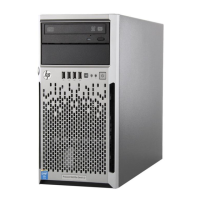
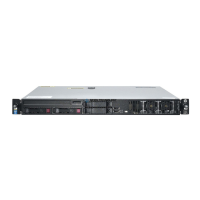
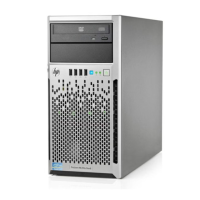
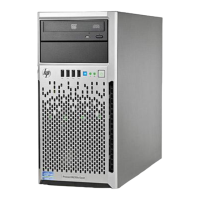
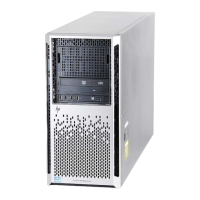
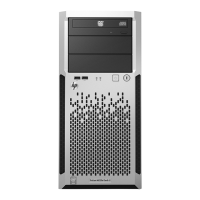
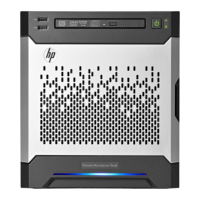
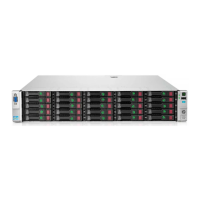
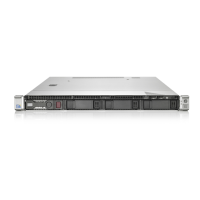
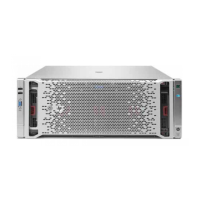
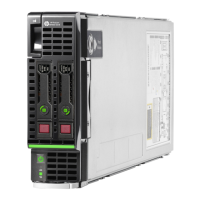
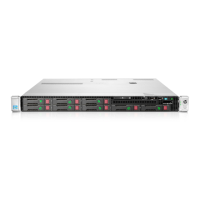
